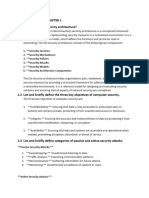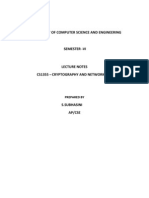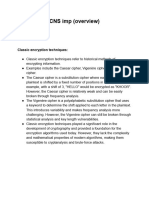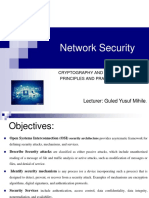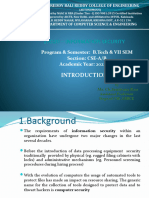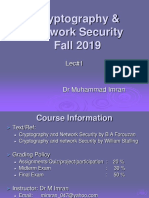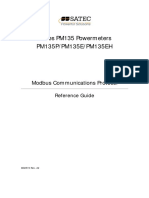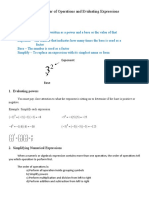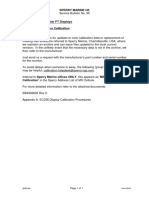0% found this document useful (0 votes)
13 views7 pagesUnit 1 CS Security Fundamentals
The document outlines fundamental concepts of computer security, emphasizing the importance of protecting systems and data through the CIA triad: confidentiality, integrity, and availability. It discusses various security services, mechanisms, and models, including symmetric cipher techniques and steganography, while highlighting the challenges faced in implementing security measures. Additionally, it covers types of security attacks, both passive and active, and the significance of maintaining security in an evolving digital landscape.
Uploaded by
adityayevate07Copyright
© © All Rights Reserved
We take content rights seriously. If you suspect this is your content, claim it here.
Available Formats
Download as PDF, TXT or read online on Scribd
0% found this document useful (0 votes)
13 views7 pagesUnit 1 CS Security Fundamentals
The document outlines fundamental concepts of computer security, emphasizing the importance of protecting systems and data through the CIA triad: confidentiality, integrity, and availability. It discusses various security services, mechanisms, and models, including symmetric cipher techniques and steganography, while highlighting the challenges faced in implementing security measures. Additionally, it covers types of security attacks, both passive and active, and the significance of maintaining security in an evolving digital landscape.
Uploaded by
adityayevate07Copyright
© © All Rights Reserved
We take content rights seriously. If you suspect this is your content, claim it here.
Available Formats
Download as PDF, TXT or read online on Scribd
/ 7





